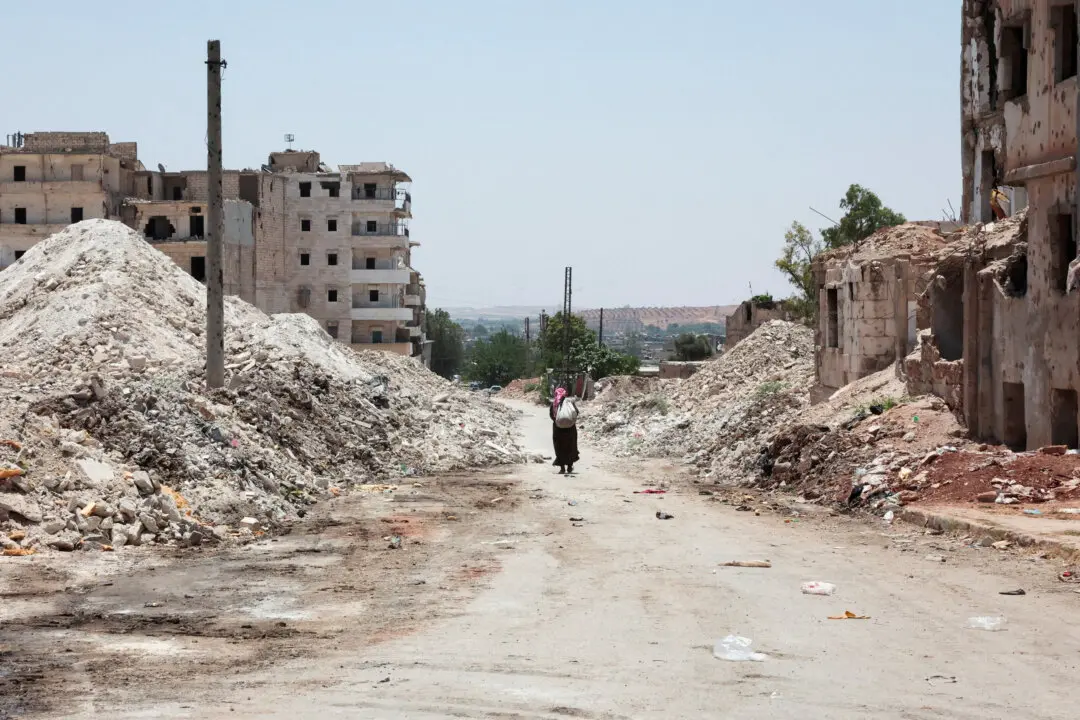A smuggler used two young girls as decoys at the U.S.-Mexico border in California on March 12, allowing at least 10 people to cross illegally.
The unidentified smuggler dropped two girls from Salvador, ages 6 and 9, into concertina wire at an “aging” section of the border barrier, U.S. Customs and Border Protection in San Diego said Tuesday.





